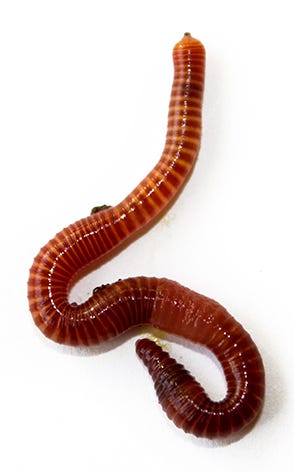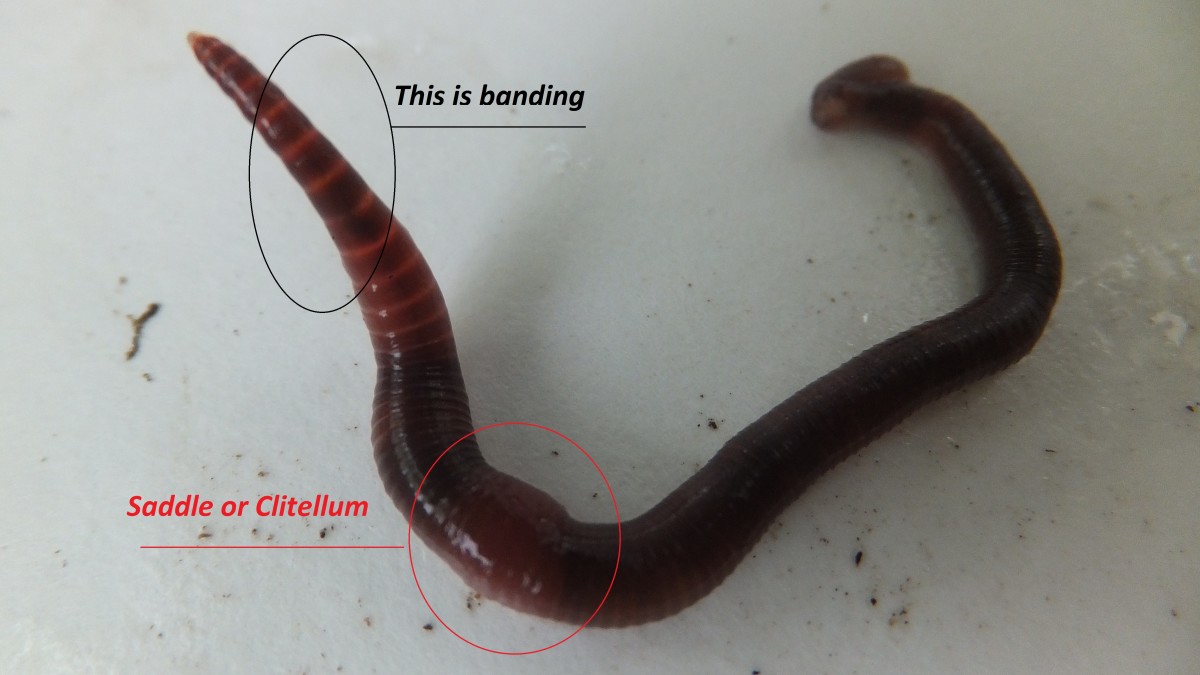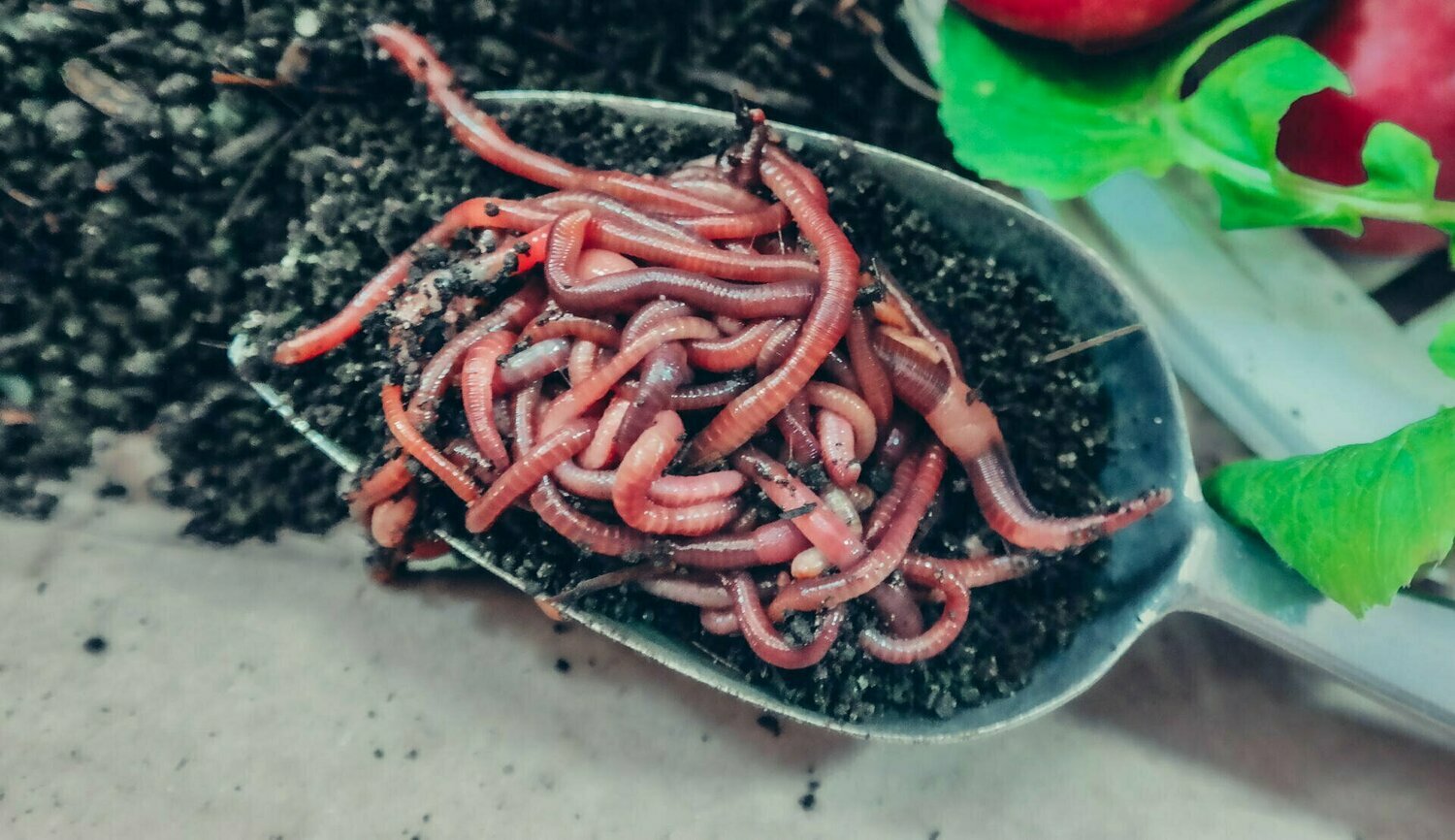Organic Composting with Red Wiggler Worms - Increase Your Yard's Development
Organic Composting with Red Wiggler Worms - Increase Your Yard's Development
Blog Article
Red Wiggler Worms Demystified: Unlocking the Secrets of Vermiculture for Greener Living and Nutrient-Rich Dirt
In the world of sustainable techniques for improving dirt high quality and advertising eco-conscious living, red wiggler worms play a critical yet often ignored function. Red Wiggler Worms. Recognizing the ins and outs of caring for these worms, optimizing their atmosphere, and harnessing their spreadings can lead to a greener lifestyle and healthier dirt for plants to thrive.
The Duty of Red Wiggler Worms
Red Wiggler worms play an essential duty in composting systems by efficiently breaking down natural matter into nutrient-rich castings. These ravenous eaters consume a variety of organic products, such as kitchen area scraps, lawn waste, and paper products. As they feed, the worms' gastrointestinal processes damage down the organic issue into a fine, dark, and nutrient-dense material referred to as worm spreadings or vermicompost.
The spreadings generated by Red Wiggler worms are extremely beneficial for dirt health and plant growth. They are abundant in crucial nutrients like phosphorus, potassium, and nitrogen, which are vital for supporting healthy plant development. Additionally, worm castings contain beneficial microorganisms and enzymes that assist enhance soil structure, boost water retention, and improve nutrient uptake by plants.
Benefits of Vermicomposting

It boosts dirt structure, enhances soil oygenation, and raises soil wetness retention. Vermicompost also enriches the dirt with vital nutrients like phosphorus, potassium, and nitrogen, promoting plant growth and general dirt fertility.
In addition, vermicomposting supports sustainable gardening practices by providing a chemical-free and all-natural alternative to artificial fertilizers. Red Wiggler Worms. This environmentally pleasant technique not just improves the dirt yet also helps decrease reliance on hazardous chemicals, advertising a greener and much more sustainable method of gardening
Establishing Up a Worm Bin
When developing a worm bin for vermicomposting, correct arrangement is essential to guarantee the success of the composting procedure. The very first step in setting up a worm container is picking a suitable container.
After adding the bed linens, present the red wiggler worms to the container. It is advised to begin with a handful of worms and gradually enhance as they multiply. The worms must after that be supplied with food scraps such as fruit and vegetable peels, coffee grounds, and eggshells. It is important to stay clear of adding meat, milk, oily, or salty foods to stop drawing in pests and creating unpleasant smells.
Regularly check the dampness degrees and temperature level in the worm bin to make sure ideal problems for the worms. With correct setup and maintenance, the worm bin will efficiently convert organic waste right into nutrient-rich garden compost for your plants and garden.
Collecting Worm Spreadings
To successfully collect nutrient-rich worm spreadings from your vermicomposting system, a systematic harvesting method is important. When it comes time to harvest the worm spreadings, there are a couple of crucial steps to comply with to make certain a successful process. To start with, quit adding fresh food scraps to one side of the worm bin for a number of Website weeks prior to collecting. This urges the worms to move to the side with fresh bed linens and food, making it simpler to scoop out the spreadings from the other side.

Troubleshooting Common Issues
Identifying and attending to common challenges that might emerge during the vermicomposting process is essential for maintaining a healthy and balanced and effective worm container. One common concern that vermicomposters encounter is overfeeding. Including excess food scraps can bring about a build-up of dampness and acidity in the worm container, possibly hurting the worms. To avoid this, feed the worms in moderation, making certain that the food scraps are properly broken down before including a lot more. Another concern is unpleasant odors originating from the worm container. Foul smells indicate anaerobic conditions, usually triggered by overwatering or insufficient ventilation. To treat this, change the dampness levels by adding dry bed linen products like shredded paper or cardboard and increase oygenation by turning the bedding regularly.
Additionally, if the worm populace is declining or the worms appear unhealthy, maybe as a result of environmental stress factors such as severe temperature levels or pH levels. Keeping an eye on these elements and making needed modifications is crucial for the wellness of the worms. By troubleshooting these typical problems promptly, vermicomposters can make sure a effective and smooth vermicomposting procedure while preserving a prospering worm populace.

Final Thought
In conclusion, red wiggler worms play an essential duty in vermiculture by breaking down natural issue right into nutrient-rich dirt. Setting up a worm container is necessary for successful vermiculture, and collecting worm look at here now castings gives valuable compost for gardening.
As they feed, the worms' digestion processes break down the natural matter right into a penalty, dark, and nutrient-dense product known as worm spreadings or vermicompost.
The spreadings generated by Red Wiggler worms are very valuable for dirt health and plant growth. Including excess food scraps can lead to a build-up of wetness and level of acidity in the worm container, potentially harming the worms.Furthermore, if the worm populace is declining or the worms appear undesirable, it could be due to environmental stressors such as severe temperatures or pH levels. Establishing up a worm container is important for successful vermiculture, and gathering worm spreadings offers important garden compost for gardening.
Report this page